- Home
- slideshows
- miscellaneous
- The massive plastic-cleaning device invented by a 24-year-old is running into problems in the Great Pacific Garbage Patch. Take a look at its difficult journey.
The massive plastic-cleaning device invented by a 24-year-old is running into problems in the Great Pacific Garbage Patch. Take a look at its difficult journey.
2010: Slat decides to fight plastic in the ocean after going scuba-diving in Greece.

2012: Slat appears in a TEDx talk explaining his plan to remove trash from the Great Pacific Garbage Patch.
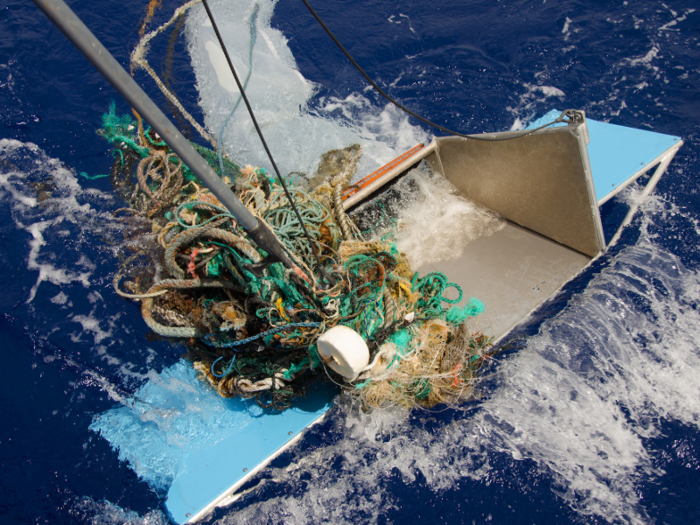
The TEDx talk proposed a radical idea: that the Great Pacific Garbage Patch could completely clean itself in five years. Charles Moore, who discovered the Patch, previously estimated that it would take 79,000 years.
Slat said his proposed system would use ocean currents to passively collect plastic instead of actively hunting for trash in the waters.
February 2013: The Ocean Cleanup officially launches, a month before the TEDx talk goes viral.
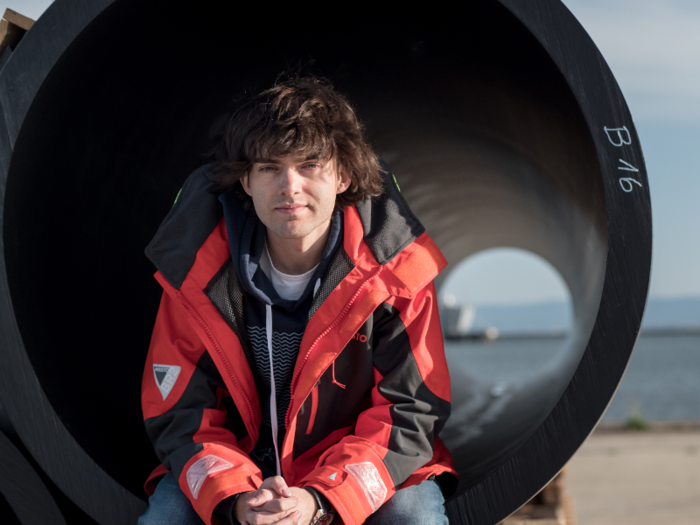
Though Slat's TEDx talk didn't immediately take off, he continued to pursue the idea while studying aerospace engineering at Delft University of Technology in the Netherlands.
After six months of college, Slat dropped out and launched The Ocean Cleanup with just $340 from his savings.
Around the same time, his TEDx talk went viral, and his company gained new momentum.
June 2014: The Ocean Cleanup releases a feasibility study, which concludes that Slat's idea could be a success.
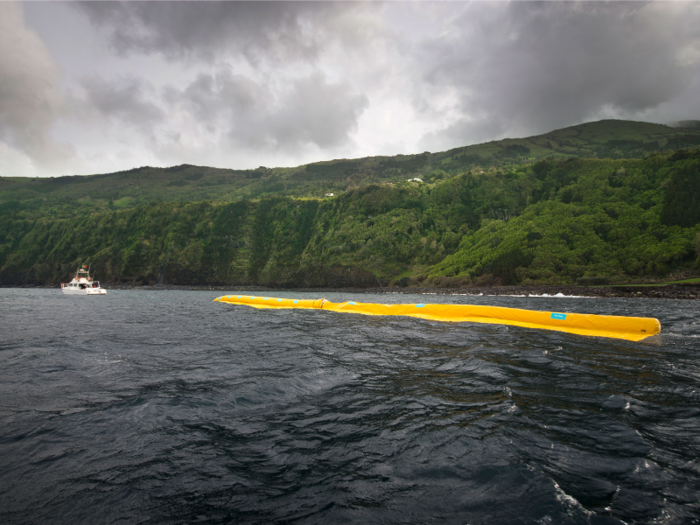
Nearly 100 scientists and engineers spent a year working on the 528-page study.
Computer simulations showed that floating arrays are capable of capturing plastic in the ocean, and the study's authors found no major legal hurdles to deploying Slat's concept.
The authors also determined that The Ocean Cleanup's impact on sea life would likely be negligible.
September 2014: The startup raises more than $2 million in a crowdfunding campaign.
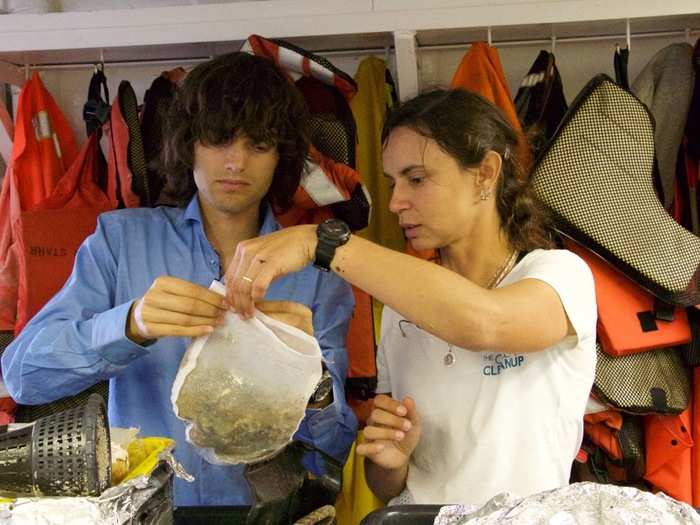
More than 38,000 people from 160 countries helped The Ocean Cleanup raise enough money to build and test large-scale pilots.
July 2015: After six expeditions between November 2013 and July 2015, The Ocean Cleanup determines that most plastic is found near the surface of the ocean.

The startup claimed there was previously no data available about the distribution of plastic in the oceans.
These expeditions showed that plastic concentrations decrease exponentially as the depth increases, The Ocean Cleanup said. The highest concentration of plastic was at the surface, and there was almost no plastic just a couple meters down.
August 2015: The Ocean Cleanup finishes a "Mega Expedition," which produces the first high-resolution map of the garbage patch.
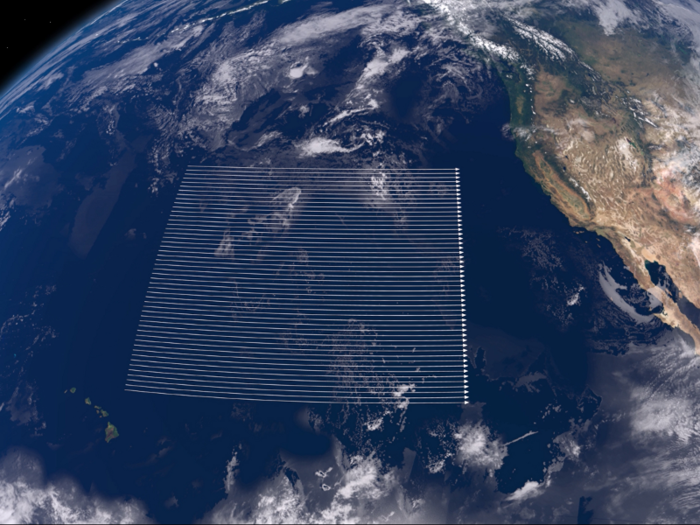
After announcing the expedition in April 2015, The Ocean Cleanup deployed nearly 30 boats to scout the garbage gyre in July.
The expedition produced the first high-resolution map of the garbage patch, which showed a higher volume of plastic objects than the team had expected.
"I've studied plastic in all the world's oceans, but never seen any area as polluted as the Great Pacific Garbage Patch," the company's lead oceanographer, Julia Reisser, said in an online post. "With every trawl we completed, thousands of miles from land, we just found lots and lots of plastic."
June 2016: The startup releases its first prototype off the Dutch coast.
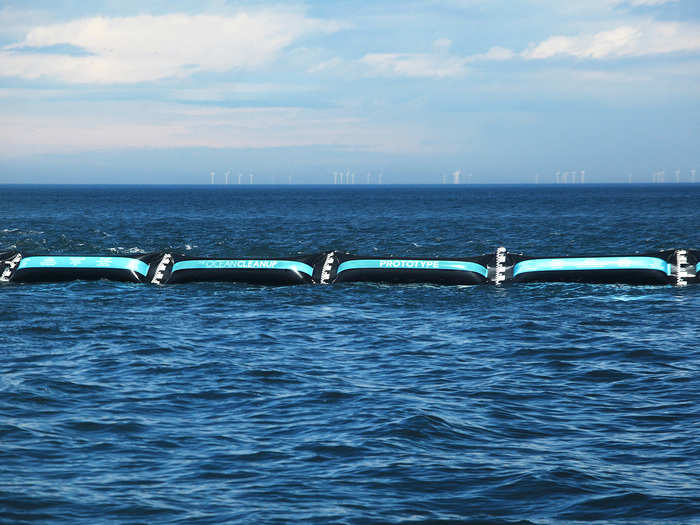
Slat's first model consisted of a nearly 330-foot-long barrier that would catch debris from the ocean. Though his team was optimistic about the launch, they were also cautious.
The main goal of the experiment, Slat said at the time, was not to catch plastic, but to gather data about how the concept performed in the ocean.
"I estimate there is a 30% chance the system will break, but either way it will be a good test," Slat said in a post on his company's website.
May 2017: The Ocean Cleanup raises $21.7 million for trials in the Pacific Ocean.
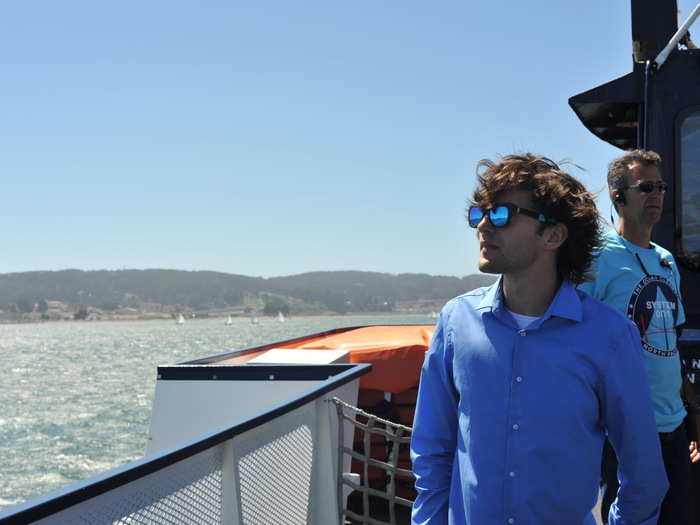
The new donors included Peter Thiel, San Francisco-based philanthropists Marc and Lynne Benioff, and an anonymous donor, among others.
May 2017: Slat reveals a new design and moves the launch timeline up from 2020 to 2018.
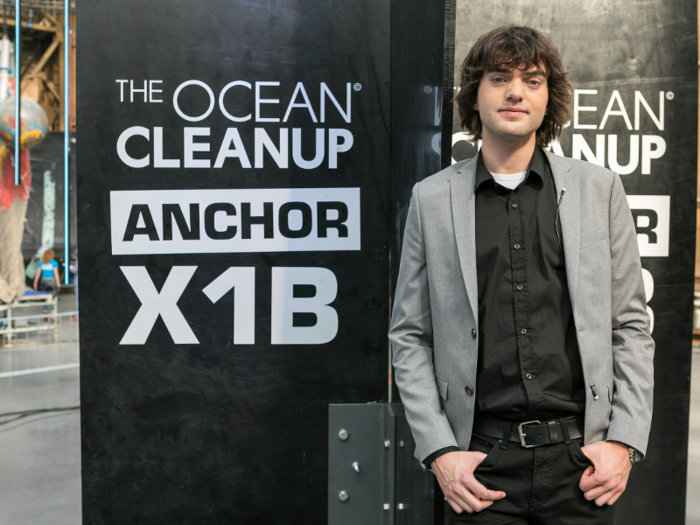
Slat's original design involved mooring a massive plastic-collecting trap to the seabed more than 2.5 miles below the surface. After the plan sparked concerns among scientists, Slat decided to deploy smaller arrays with underwater "anchors" that drift about 2,000 feet beneath the surface.
"These systems will automatically drift or gravitate to where the plastic is," Slat said during a press conference.
June 2018: The Dutch government signs an agreement to support The Ocean Cleanup.
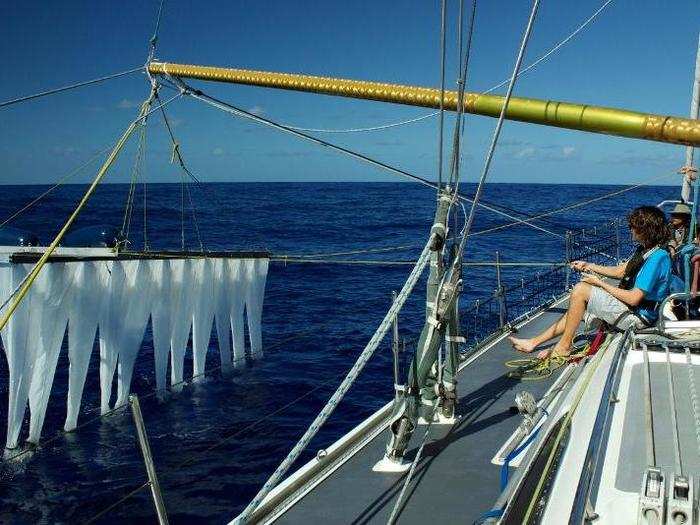
When the startup created its cleanup device, the system didn't have a clear status under international laws. The Ocean Cleanup said its contraption was considered a ship under Dutch law, but unnamed vessels are not part of international regulations.
The startup ultimately signed an agreement with the Netherlands that classified the device in the same way as other sea vessels.
"By entering into this agreement, The Ocean Cleanup demonstrates that it is determined to deploy its systems in line with international legislation and with respect for the environment, maritime safety and other users of the high seas," the startup said.
The Ocean Cleanup also said its contraption would carry the Dutch flag.
September 2018: The Ocean Cleanup launches its first device in the Pacific Ocean.
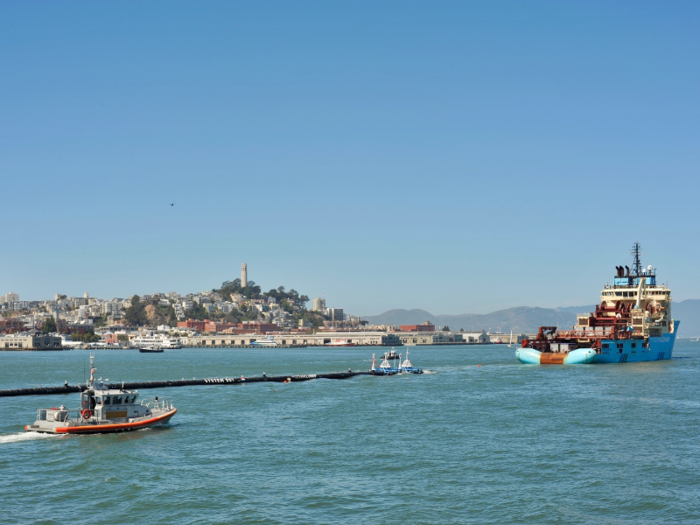
In early September, Slat's team set out to sea with its first official 2,000-foot-long plastic cleaning array.
A ship called the Maersk Launcher brought the device, known as System 001, from the San Francisco Bay to a final testing site more than 200 miles offshore. The Ocean Cleanup previously said that 60 of these arrays would be able to remove 50% of the trash in the Great Pacific Garbage Patch over the course of five years.
System 001 cost about $23 million to make, though Slat's organization said future arrays will cost less than $6 million to make.
November 2018: System 001 makes its way to the Great Pacific Garbage Patch, but it begins spilling plastic.
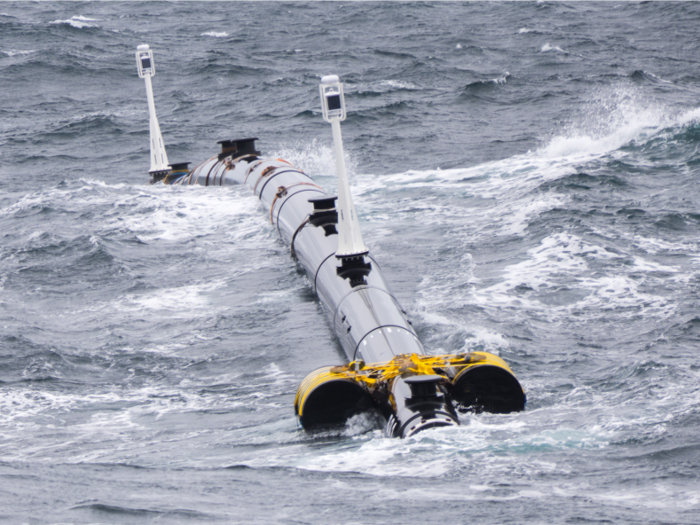
The Ocean Cleanup had hoped to collect 50 tons of plastic in the first year of using System 001.
In October, the device, also known as "Wilson," was supposed to begin harvesting plastic from the garbage patch. But plastic began leaving the array, and the team was unable to fix the problem after eight weeks.
Slat said in late November that the system could be moving too slowly to catch plastic. Vibrations at either end of the U-shaped array could also be pushing plastic away when it nears the mouth of the contraption.
December 2018: After another malfunction, Wilson returns to port for repairs.

Slat's team discovered that a 59-foot end-section of the array was detached.
It is too early to determine a cause for the problem, Slat wrote on December 31, but he believes that material fatigue could be partly responsible.
Wilson was not in danger of rolling over, Slat said, and there was no risk to crew members or marine animals. The organization decided to return to port because the array's sensors and satellite system — located on both end sections — had been compromised.
The team brought back more than 4,400 pounds of plastic. Slat said he remains confident that the array will collect plastic in the garbage patch in 2019.
- Read more about The Ocean Cleanup:
- The massive plastic-cleaning device invented by a 24-year-old to clean the Great Pacific Garbage Patch is finally being put to the test. Here's what it's up against.
- What the creators of the giant plastic-cleaning system headed to the Great Pacific Garbage Patch say to critics who doubt them
Popular Right Now
Advertisement